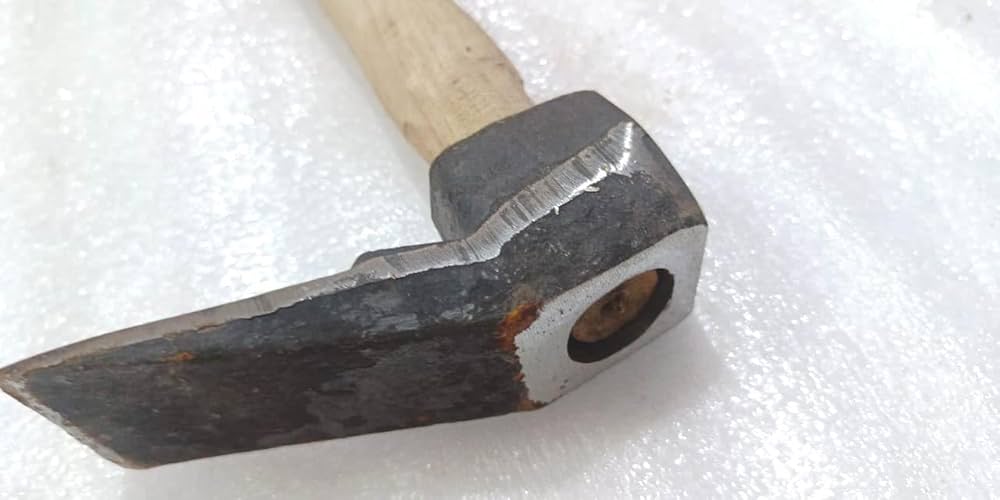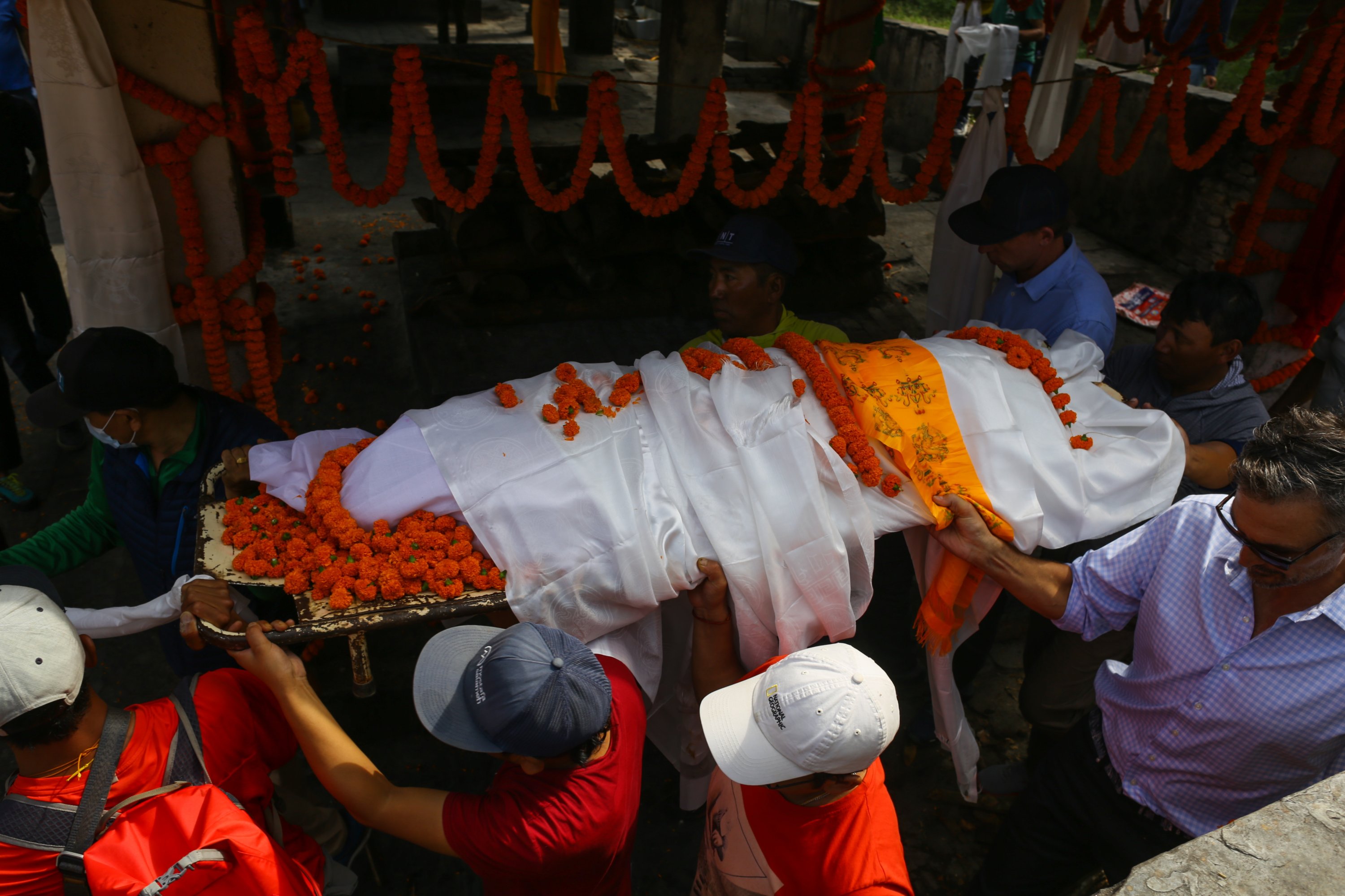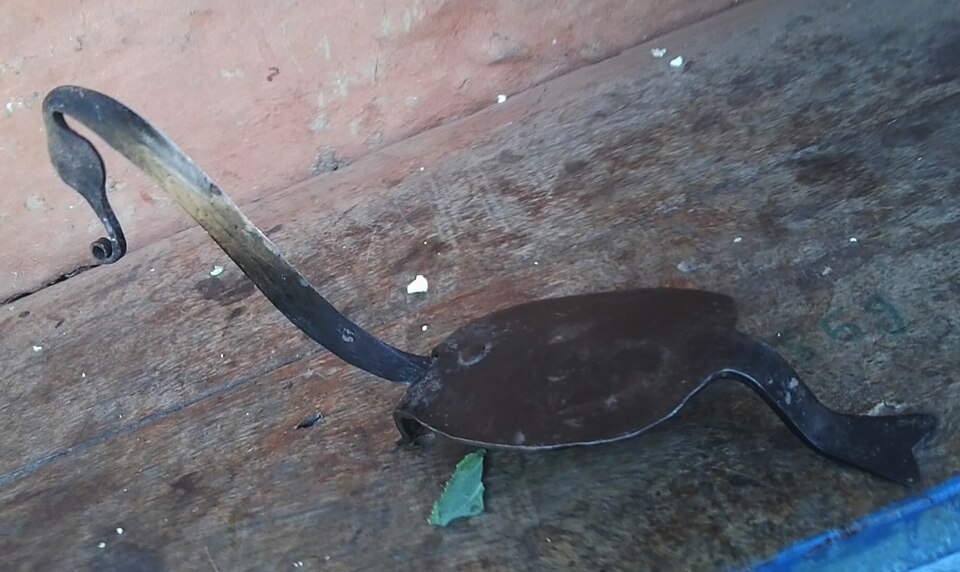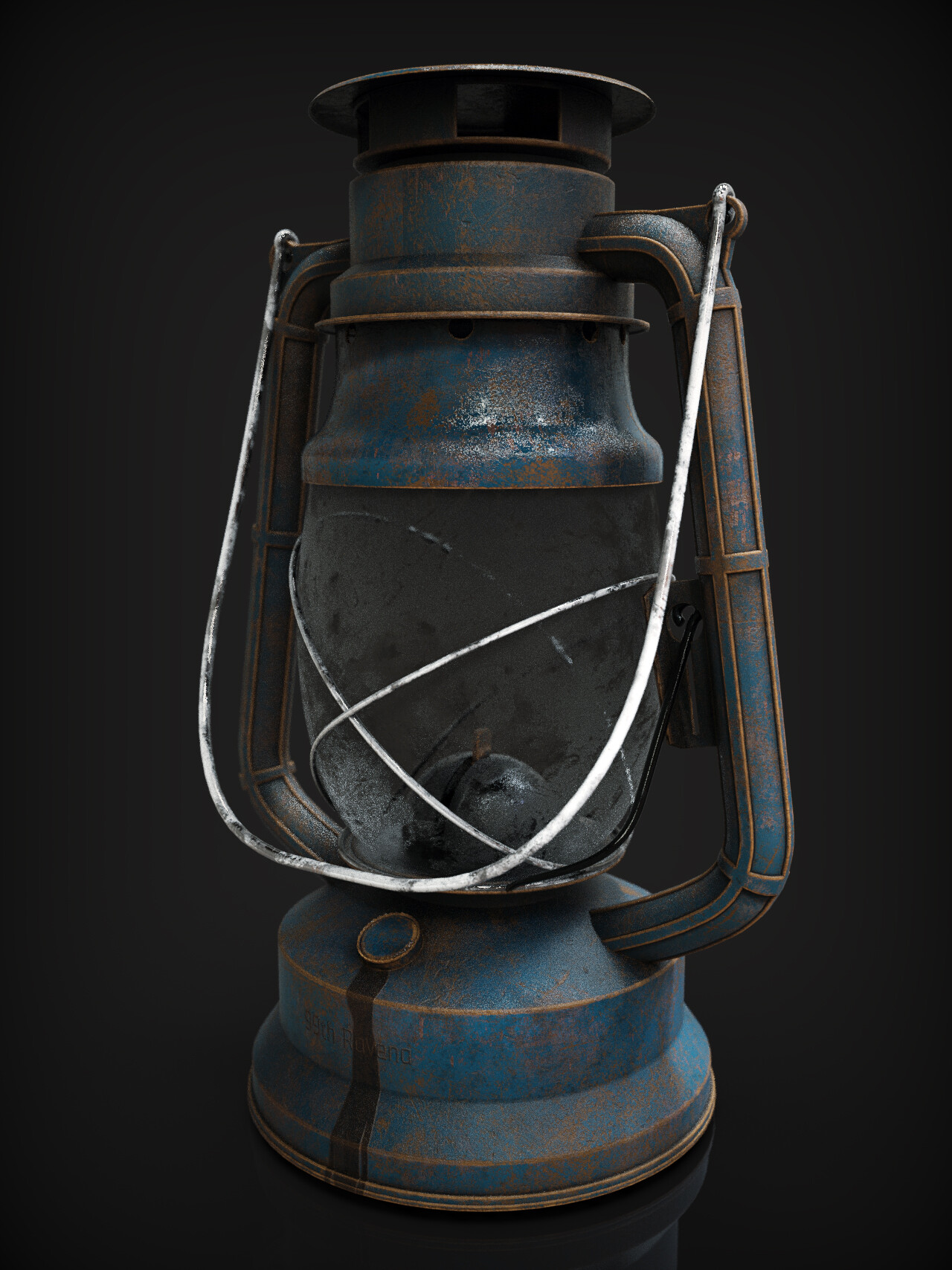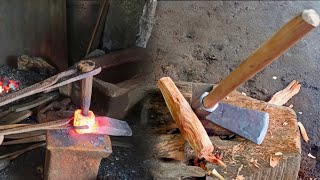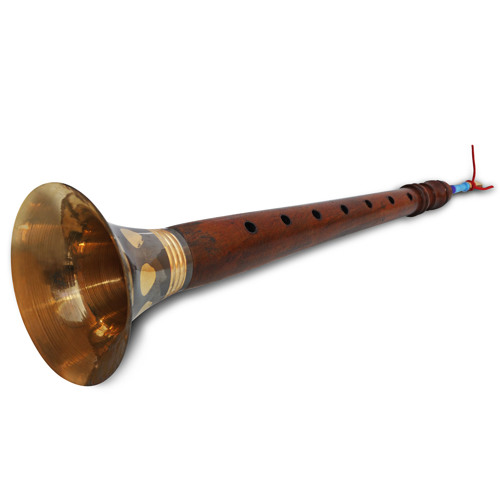Share this Article
Long before factories, 3D printers, or electric drills shaped our tools and furniture, it was the skilled hands of a craftsman and a small, curved chisel called Basila (बसिला) that carved the essence of daily life in rural Nepal. Among the many wooden implements that built and sustained Himalayan civilization, the "halo" (हलो), or traditional plough yoke, stood as a symbol of sustenance and survival — and at the heart of its creation was Basila, the tool of the artisan.
This article dives into the traditional use, significance, and evolution of Basila, a Nepali wood-sculpting tool used in shaping not only farming implements like the halo but also elements of architecture, culture, and identity.
What is Basila?
Basila is a curved wood-carving tool, typically forged by hand with a strong metal blade fixed to a short wooden handle. Its most defining feature is its hooked or crescent-like blade, allowing the artisan to make deep, controlled cuts into wood, especially for hollowing or curving.
Basila is not a mass-produced chisel — it’s handcrafted, often tailored to the size and grip preference of the woodworker. Traditionally used by carpenters (karmi or silpakars) and agricultural tool makers, Basila is critical in shaping:
- Halo – the yoke of a plough
- Juha – the handle of a sickle
- Tangi/Thulo Kodalo – digging hoes
- Wooden temple parts, window frames, and idols
The Art of Shaping a Halo Using Basila
A halo is an essential part of the Nepali plough, which joins two oxen to pull through fields. Shaping a halo isn’t just woodworking — it’s sacred craftsmanship. The wood must be flexible yet strong, typically sourced from katus, salla (pine), or chilaune trees.
Once the wood is cut to size and seasoned, the artisan uses Basila to carve out the hollow saddle shape, allowing it to rest comfortably on the animals' necks. The curved blade of the Basila helps scoop out and smoothen the semi-circular groove, an area that must be precise to avoid hurting the oxen during ploughing.
This process is both muscle and meditation — with the rhythmic push of the Basila guided by years of inherited skill.
Cultural and Historical Significance
In Nepal, a tool is never "just a tool." The Basila, like the sickle or plough, is part of a larger cultural ecosystem. Every carved yoke represents the interdependence between humans, animals, land, and gods. In some communities, the act of making a halo and sharpening a Basila before the planting season is almost ritualistic.
Also, the Basila’s application goes beyond farming:
- Used in wooden architecture, especially intricate Newari window frames.
- Helps sculpt deities in temples from single blocks of wood.
- Essential in making traditional utensils, musical instruments, and furniture.
In every way, Basila is the sculptor’s pen, writing Nepal’s history in timber.
Decline and Threat to Traditional Tools
As mass production, metal ploughs, and mechanized agriculture become common, both the halo and the Basila are vanishing from daily use. Today, only elder artisans and rural craftsmen continue to use this tool. Even fewer young people are learning the technique, seeing it as outdated.
This means not just the tool, but the knowledge of how to use it, the philosophy behind its use, and the connection to land and craft are all at risk of being lost.
Reviving Interest in Traditional Tools
There is now growing attention on indigenous tools and craftsmanship. NGOs, museums, and sustainable craft movements in Nepal are working to:
- Document traditional tools like Basila.
- Revive interest in halo and wooden ploughing systems as part of cultural tourism and educational farming.
- Train youth in heritage carpentry, emphasizing tools like Basila.
- Create exhibitions and rural showcases to preserve craftsmanship.
Why Basila Still Matters Today
- Sustainable: Hand tools like Basila are eco-friendly, require no electricity, and are sourced from local materials.
- Skill-Based: Encourage craftsmanship over consumption.
- Tied to Land: Connects humans with agriculture, forestry, and ethical toolmaking.
- Cultural Artifact: A living piece of Nepali history.
- Artisanal Precision: Machines can’t replicate the curved touch of a Basila-guided hand.
Conclusion: Carving a Legacy
The Basila may be small, but its legacy is enormous. It shaped the tools that carved the land, fed generations, and built temples that still stand today. It teaches us that simplicity, skill, and sustainability once ruled the world — and could again, if we learn to value such tools.
By reviving, respecting, and reintroducing Basila into modern consciousness, we don’t just preserve an object — we preserve a way of life.
Categories:
Traditional Tools and Utensils
Tags:
Basila
,
WoodCarvingNepal
,
HaloMaking
,
SustainableTools

